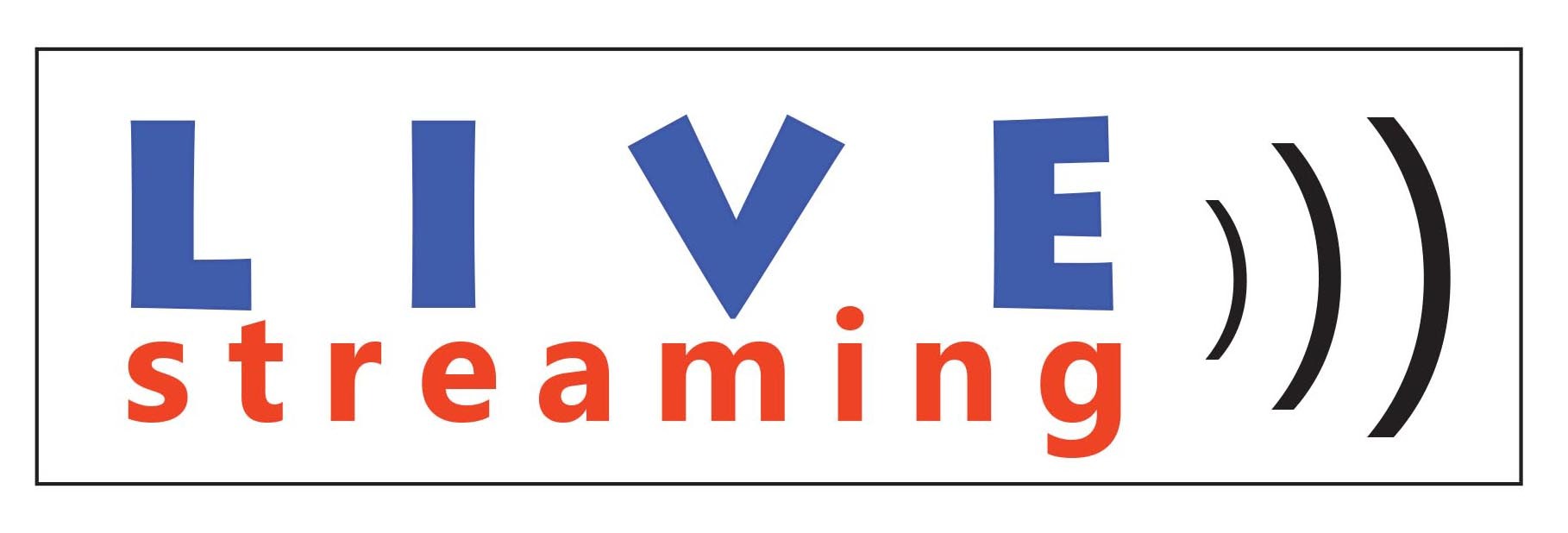Shabbat Shalom with a Heart Healthy Dose of Torah –Ki Tisa
Many of you know that, as a rabbi, I sometimes march (ritually speaking) to the beat of a different accordion. I often wonder whether traditional Jewish worship has the capacity to be the spiritual change agent that pushes us to evolve. Maimonides admonished us never to make our prayer a rote practice, and yet, we stand stuck reading someone else’s words, often in a language we don’t understand (and can’t really read), and somehow feel accomplished for having gotten through the hour plus of a service.
Our tradition acknowledges this truth over and over again. Mind you, while it seems on the face of the argument that our emendations come from a negative place in spirituality, the opposite is true. We continue to evolve our ritual so that it continues to be relevant in our lives and continues to motivate us to stay involved in our faith.
We started lighting candles and chanting kiddush in the sanctuary because we knew most people were not doing it at home. We read Torah on Friday night because people don’t come on Saturday morning. Maimonides suggested that all of the repetition in the traditional worship service got in the way of praying intentionally. Our Reform liturgy excised much of the redundancy of the prayers recognizing that the mind can only absorb what the rear end could stand. As the demands of the world pull at us and our calendars, we need to make sure we stay anchored. Our world evolves – so must our practice of faith.
Relevance requires re-examination. We have to always make sure that what we do is relevant and that we understand why we do it. Religions use symbols to help people focus on prayer and spiritual connection. Almost as if the symbol is a tangible or visible mantra for the meditation of prayer. We get into trouble, though, when the symbol becomes more than a symbol. When it becomes the object of prayer, I fear we have crossed a line. In Christianity, when the tree becomes a more important part of Christmas than Jesus’ teachings, we have a problem. In Judaism, when the Torah scroll becomes the object of worship, we have the same problem.
A colleague shared a story that too many of us have experienced (using his to protect those in my own):
A young teen asked the Rabbi, “What is wrong with idol worship, anyway?” After all, she pointed out, the synagogue was filled with beautiful holy objects, like an intricate stained-glass window, a filigreed eternal light and the ornately dressed Torah scroll itself.
I carefully explained to Beatrice that the problem with idols is that instead of serving as symbols of holiness, they replace holiness. Jewish sacred symbols, I claimed, are just tools to remember the central teachings of the Torah. They remind us that we should be kind to each other, pay attention, and pursue justice. An idol is something that is treated as holy and worshipped as an end in and of itself.
Beatrice listened carefully to my explanation before responding: “I have one more question. If the Torah scroll is just a symbol that is supposed to remind us to be nice to each other, then why did you snap at me when we were practicing, and I almost dropped it?” There’s nothing like a solid timely rebuke from a 13-year-old. Idol worship is hard to avoid.
This week, Israel panicked because Moses had been gone too long. He went up the mountain to “Meet with God,” and the people feared he would never return. Aaron had them fashion a golden calf to give them a focus. They knew the calf from the generations spent in idolatrous Egypt. They worshipped to it, trying to find God.
The idea is that one does not water down faith by evolving its practice. One destroys faith when one replaces it with the worship of things. So, I don’t know that one book is more sacred than another. I think knowledge is sacred. I don’t think one is more holy because an anonymous Priest or Rabbi “blesses” a ritual object any more than one is popular for catching a selfie with a pop-star. I think we need to return to the sacred within and find holiness that can emanate from us, rather than search for someone to give it to us. The Golden Calf was not a problem for Aaron – it was a symbol. For the people. though, it was God. Let’s not bow to the Torah – let’s embrace it’s teaching. It is our tree of life and source of inspiration, not the idol before our eyes.
Shabbat Shalom.

